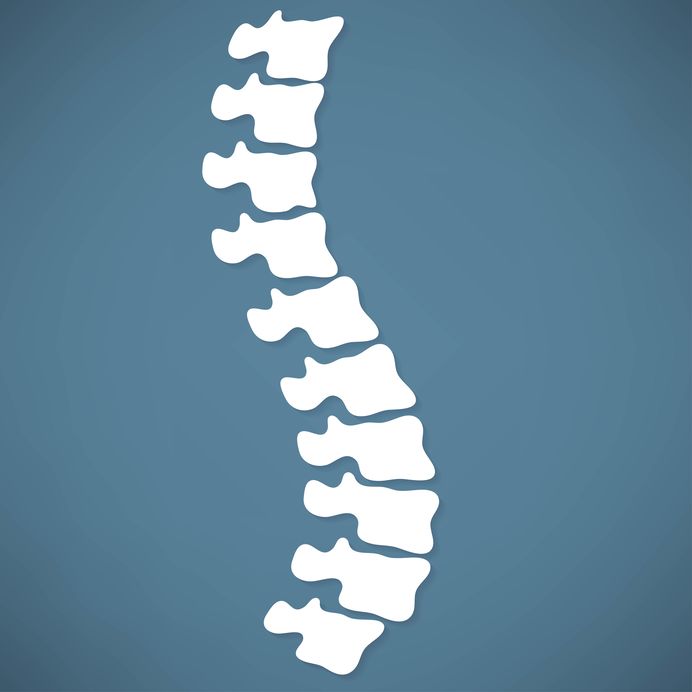
I was recently invited by Zero to Five Missoula to spend time with 20 community builders – people who believe that we can and will solve big problems when we have a good approach, methods and support; and who are invested in building community capacity for innovation and change. They are leaders working alongside community to improve early childhood, health care, affordable housing, substance abuse prevention and many other pertinent challenges of our time. It was an honor to be with them.
Over the course of two workshops, I shared strategies to deepen understanding of what it takes to align the efforts of multi-sector, multi-organizational collaboratives. There are many ways to do this, and one of the key strategies is to design and facilitate awesome meetings.
While most of us think of a meeting as the hour or so we gather, community builders know that the work we put into the meeting beforehand – thinking through its purpose and desired outcomes; preparing key stakeholders; and planning the agenda – is critical to not just the success of a meeting, but to our ability to advance our collaborative efforts.
CoCreative sums up the importance of meetings nicely, observing that solving systemic challenges requires collaboration across many boundaries (organizational, cultural, sectoral, even personal), and that meetings are places where we build and deepen that essential work.
Here’s a framework I shared that may be helpful as you plan your next gathering. This is the meeting flow I’ve developed over time to design and facilitate meetings that are steeped in intention, and are built for results.
| Create a threshold | How do you signify this is a specific time and place we’ve set aside to do our work together? |
| Invite everyone to check in | How do you invite in all voices? Invite in belonging? |
| Share purpose & desired outcomes | How do you make sure everyone knows WHY we’re meeting and WHAT to expect? |
| Generate (or validate) group principles/norms/agreements | How do you protect the gathering and the people in it? How do you exert “generous authority”? |
| Provide a collaborative roadmap | How do you help people orient to the work: Where we’ve been, where we are & where we’re going? |
| Structure agenda items with intention | How can you be intentional and clear about what you need from each agenda item? |
| Share concrete next steps | How can you be sure everyone knows what happens next? |
| Close with everyone’s voice | How can you signify this time together is ending? |
(With gratitude to CoCreative, the Tamarack Institute, Peter Senge, Priya Parker and many others!)
With each step in the meeting flow, we strive to “find the through line.” This means that with every component of the meeting, we seek to advance at least two things. The first is the practical, the tactical: what information needs to be shared, insights do we need to cultivate, decisions do we need to make, etc. The second is more relational: how are we building empathy and connection with one another.
As the Cascadia Center for Leadership shares, a successful meeting is one in which not only are the purpose and outcomes achieved, but people feel good about: what is achieved; how it was achieved; how they were treated; and what they contributed. The work is advanced and decisions are implemented; and the group’s ability and sense of self-efficacy improves.
If that seems like a tall order, it is. Depending on the complexity of relationships and the ambition of the work, it’s common to spend 4 – 5 times longer preparing for & following up from a collaborative meeting than it is to hold the meeting.
As we were closing our workshop, one participant reflected that she’s going to try to have fewer meetings, better planned, for greater impact. I couldn’t agree more. When we bring intentionality into our work, we often find that the work moves with more grace, that we can both deepen our connections and advance our efforts, together. Let me know what you think.
